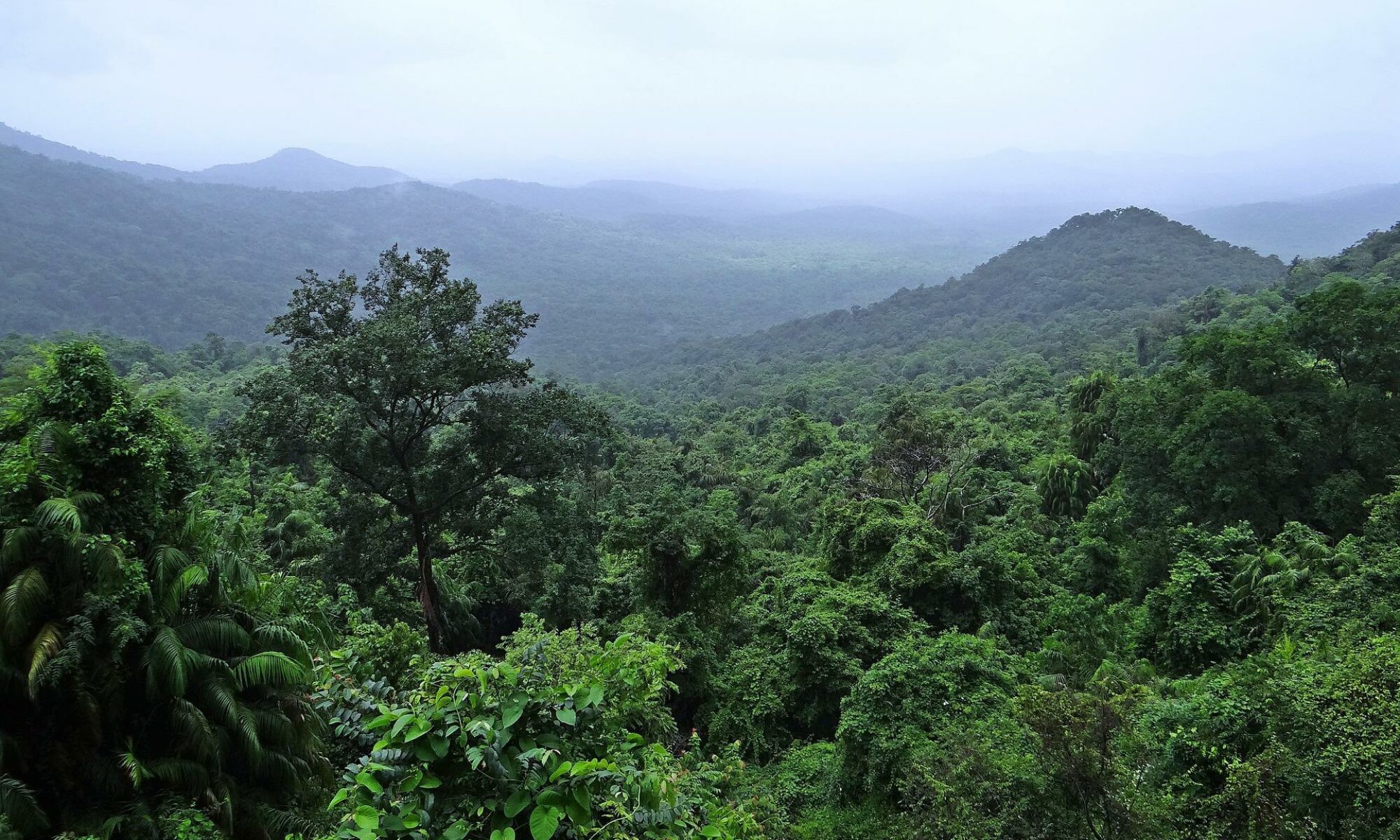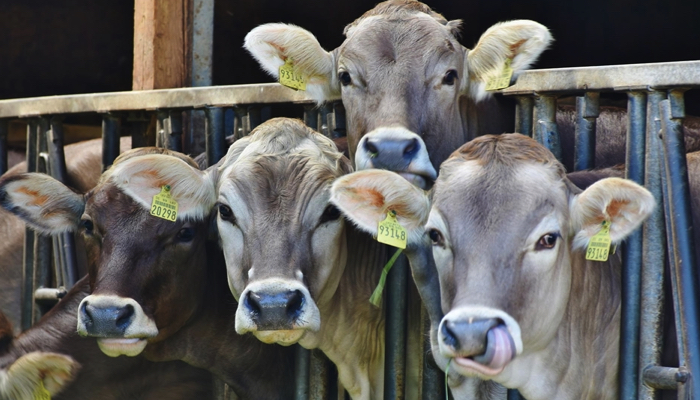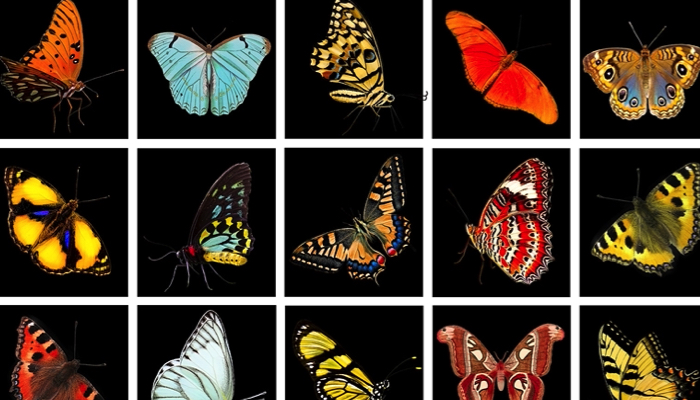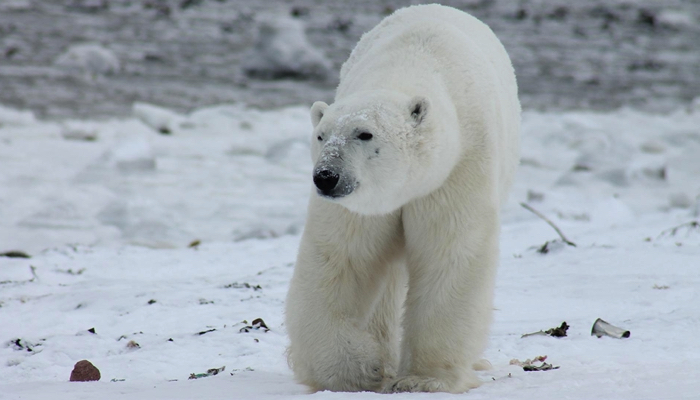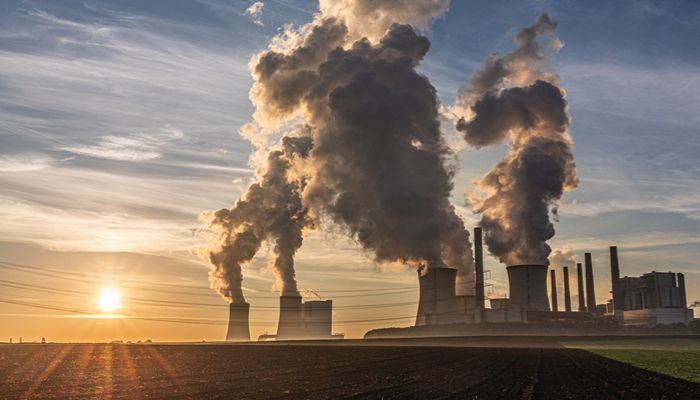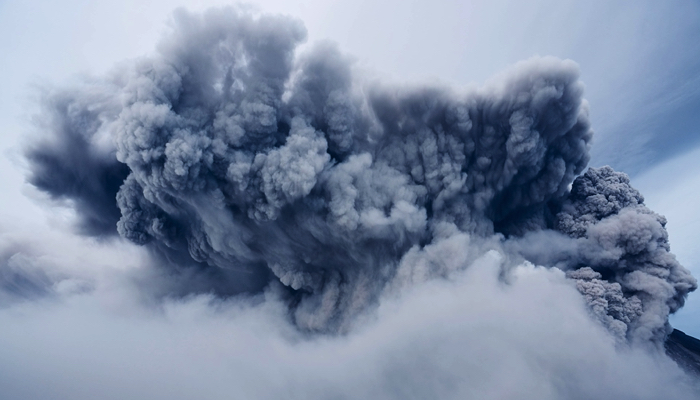Casinos are elegant establishments that the gambling enthusiasts visit for placing their bets and hoping for a big win. Some of them are well-known for hosting live entertainment, such as concerts and stand-up comedy shows. In a way, the main purpose of casinos is to provide their visitors with some fabulous entertainment. This is why you’ll mostly find restaurants, hotels, and shopping spaces within a casino.
Those massive casino complexes appear far from being eco-friendly. The ones who carry this impression about casinos in their minds are not at fault. For many years, they’ve been one of the many establishments responsible for carbon emissions. Today, most of these casinos have begun valuing eco-friendliness. Here are some of the big names in casinos that have moved towards sustainability. Also online casinos are contributing to preserve sustainability by their virtual nature. You want know more about real money online casino? Have a look at casinosjungle.com.
Caesars Palace
Caesars Palace has been friendlier to Mother Nature since 2010, when it won the Environmental Leader Award. This massive casino resort has become a shining example of sustainability, prompting several other casinos to follow its footsteps. Among the most commendable efforts that Caesars has taken is the partnership of the corporation with ‘Clean the World’.
It is an organization that donates discarded or unused toiletries to the underdeveloped places of the world. Wherever possible, Caesars has also taken tremendous efforts to reduce waste. The staff members of the casino have been educated and trained to sort waste efficiently. This makes it easier for recycling plants to collect all the waste materials.
Mandalay Bay
This giant casino resort has been receiving a lot of praise for its eco-friendly outlook since a long time. Over the years, it has taken systematic efforts in reducing food waste. To help the environment, they source the food items that are grown locally. Mandalay Bay does the recycling work right at the casino, thus sorting its waste. It also keeps a close eye on its energy efficiency.
It’s pretty obvious that a massive amount of energy is needed to power this casino resort. However, Mandalay Bay does its best to ensure that it operates as efficiently as possible. It also takes great efforts to help the local community. For instance, it donates discarded bed sheets and pillows to the Nevada charity, which prevents cruelty to animals.
Mandalay Bay is home to the Shark Reef Aquarium, which is one of Las Vegas’s biggest attractions. This magnificent aquarium also operates in an environment-friendly manner. The proceeds from this attraction go towards initiatives for education and conservation.
The Venetian Macau
In Macau, the newest casino capital of the world, this casino resort is a leader in sustainability. It has recently come up with exclusive spaces for parking electric vehicles. With this, The Venetian Macau has taken a great step towards eco-consciousness. Bringing in the Tesla-driving crowd would certainly impact the air-quality positively over the long term.
The casino resort has also taken considerable efforts in reducing its food waste. It is yet another step in the direction of reducing the establishment’s carbon footprint. When the casino changed to LED lighting, it saved enough electricity to power thousands of homes every year.
It has received the Macau Green Platinum Award for all the efforts it has taken towards eco-friendliness. Although China is not known for being a nation that’s environment-friendly, this casino resort has surely set an example. Hopefully, all its eco-friendly initiatives would inspire other industries in the country.
MGM Grand
This casino recently joined the game of eco-friendliness by getting rid of to-go containers and plastic straws completely. With this significant shift, the corporation managed to reduce several thousand pounds of waste from all its properties. MGM has now become the face of sustainability and reduced carbon footprint in the industry.
The corporation has built its corporate structure with eco-friendliness as one of its major goals. Even its high-level executives work towards making their properties run with greater energy-efficiency. This would completely transform the way business is done in the world of casinos.
Resorts World Sentosa
A vast property spread across 121 acres, Resorts World Sentosa is an immensely popular casino resort in Singapore. It is a relatively new casino resort. Right from its inception, the necessary steps were taken to construct it in an eco-friendly way.
It houses the SEA Aquarium, which donates a part of its proceeds for the protection of wildlife and aquatic habitats. This is only one among the other measures that it has taken for saving the environment. Resorts World Sentosa can host more than 15,000 guests. It recently made a move to use paper straws instead of the ones made of plastic. This might not seem like a significant move to you, but it has a big impact.
The simple move will save more than 2,700 pounds of plastic from going to landfills. Resorts World Sentosa is constantly looking for new ways of helping out Mother Earth that are also financially viable. This casino resort is a leader in the country’s casino and tourism industry. So, any of its moves would surely have a trickle-down effect.
Turtle Creek Casino
This elegant casino is located in the state of Michigan in the United States. For several decades, this casino has served as a great venue for gambling enthusiasts. Recently, it has done something that’s quite similar to a tactic used by grocery stores and retailers. Since quite a long time, the clockless and windowless design has been the industry standard.
This had began long before the first casinos came up in the desert landscape of Las Vegas. It was a part of the casinos’ strategy to keep the players at the games for a longer duration. The casinos without clocks and windows made the players lose track of time. They were so hooked on the games that they forgot about the attractions, meals, and even sleep.
Turtle Creek thought of a different way of doing business. In the year 2008, the casino installed big skylights, which utilized the natural light to a great extent. This simple move from the casino reduced half of its energy consumption in the years that followed.
Sibaya Casino
This casino located in the South African coastal city, Durban. It takes its adherence to sustainability very seriously and has implemented it in every single area of its operations. The casino encourages its guests as well as staff members to recycle and reuse. It uses all of the food wastes for compost.
This leaves almost no waste as the compost pile also acts as a wormery, thus speeding up the process. Such measures adopted by the casino to reduce food wastes have brought down its carbon footprint considerably. They’ve also enhanced its beauty and elegance.
